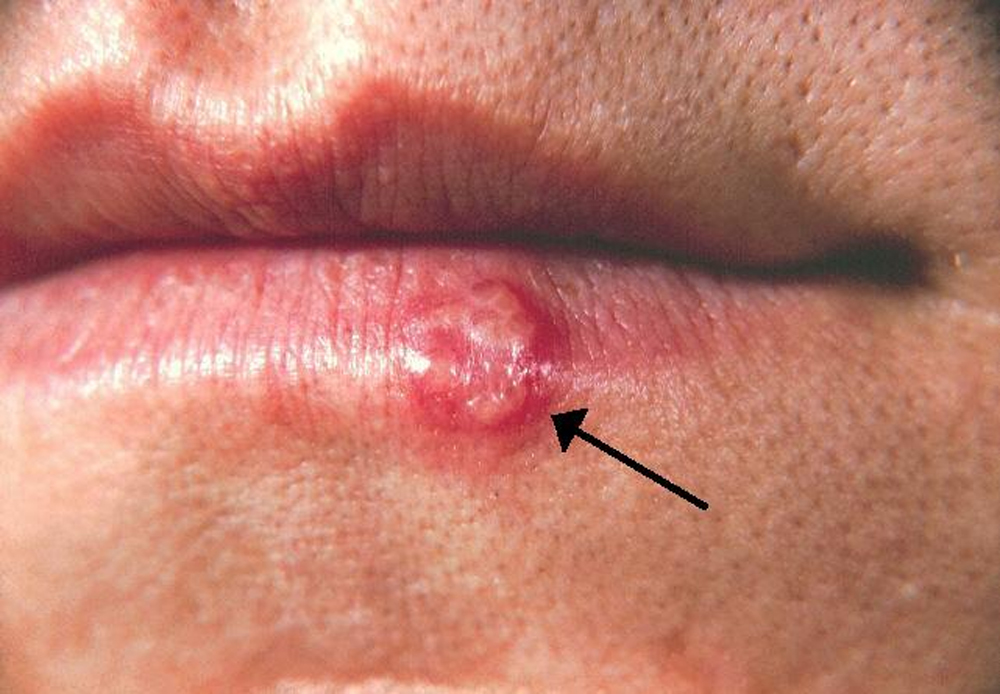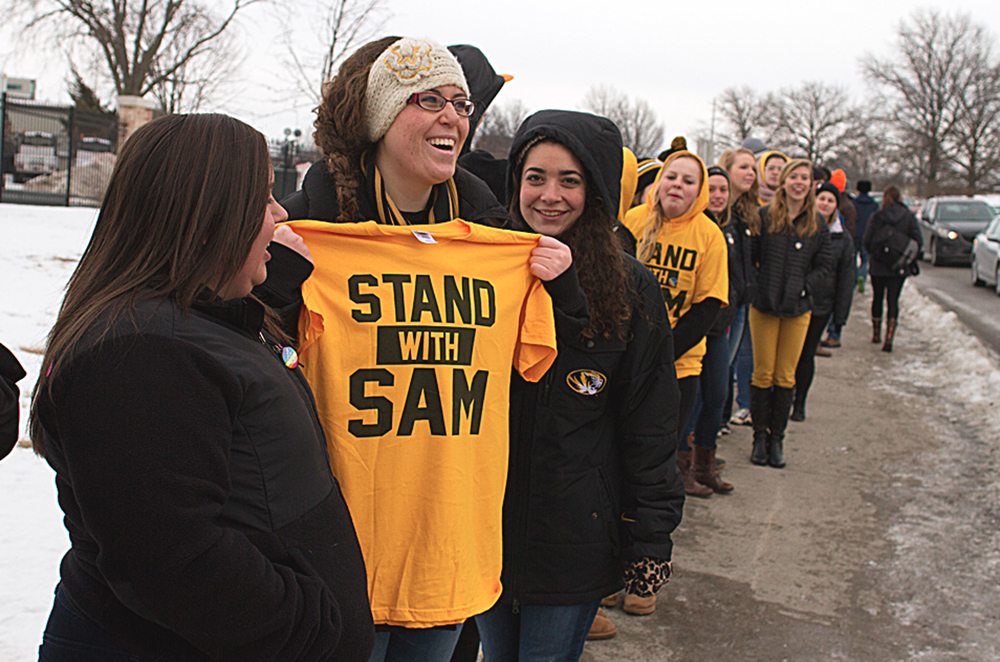The gift that keeps on giving: lLove lumps or virus volcanoes—no matter what colloquial term you assign to it, genital herpes is a very real, very prevalent sexually transmitted disease. Caused by the herpes simplex virus, it is as of yet incurable. Unlike the human papilloma virus, it does not work its way out of your body. It also does not potentially cause cancer. With the advent of antiviral medication, it can be very manageable and oftentimes people can go on to have normal sex lives.
There are two strains of the virus: HSV-1 and HSV-2. HSV-1 is the main cause of infections on the mouth and lips. An outbreak manifests itself in cold sores and is easily spread through saliva. Fortunately, there is very little stigma surrounding cold sores. HSV-2, on the other hand, is the main cause of genital herpes and is incredibly stigmatized. Both strains can be easily transmitted from mouth to genitals and vice versa. For the sake of this article, however, I will be focusing on genital herpes.
The CDC estimates that there are 776,000 new cases of genital herpes each year. Nationwide, about 16 percent of people aged 14–49 are infected with HSV-2. However, the overall prevalence could be higher given that there are an increasing number of infections caused by HSV-1. It is estimated that one in six sexually active adults have been exposed to the virus.
Most people with the virus don’t even know they have an infection, as it is often asymptomatic. In fact, transmission commonly occurs when there is no visible sore and the person does not know they are infected. Even if there is no outbreak, it can be diagnosed via a blood sample, so is imperative to be tested regularly if you are not in a committed, monogamous relationship.
There is good news though, for both those who are infected and those not infected: There are three vaccines in varying stages of clinical trials which may be ready for market by 2016.
One can be given to those infected, and is shown to decrease how much of the virus is released—the less of the virus that is released, the less likely it is to be passed on. The vaccine also decreased the severity of infection. The trial is continuing and the manufacturing company will soon have more data on the efficacy of this vaccine in the prevention of infections.
The second vaccine looks promising, but has had limited success. Three percent of participants who received the vaccine got infected but did not have sores. It was 75 percent effective in preventing sores in women who had never been infected by either strain. It was not quite the result that researchers were looking for, but they noted that the vaccine could make a difference if it is given to girls before they become sexually active.
The third vaccine uses the virus itself, with two key proteins removed so it cannot multiply. The hope is to boost the immune system’s response if it ever comes in contact with the complete virus.
While we wait for these vaccines, it’s important to protect yourself from getting infected by always using barriers in non-monogamous romps. However, keep in mind, barriers are not 100 percent effective against HSV, so it’s important to get tested regularly and know your status. It should go without saying that you should always disclose an STD to all partners before engaging in any type of sexual activity.







We need a cure for peaple who already have the virus. You cant forget about thows out there that are already suffering from it that have already waited years to get the cure. If they made a cure……i mean a real one we wouldint need that kinda vaccin. Peaple dont diserve to be pushed to the side like the. Amarica is full of mean peaple and this is not far….i have no hope now. Non at all
I was able to get rid of my herpes virus last year,i was diagnosed of herpes virus since late 2015 and i was on my doctor prescription ever since, I wasn’t satisfied i needed to get the virus out of my system,i was going through a blog to find new informations about the Herpes Simplex Virus i came across a review of a lady who was cured by Totalcureherbalfoundation gmailcom,I contacted the herbal foundation and they guided me on how to purchase the herbal formula.the herbal products las me for 14 weeks which helps me to get rid of the virus totally.